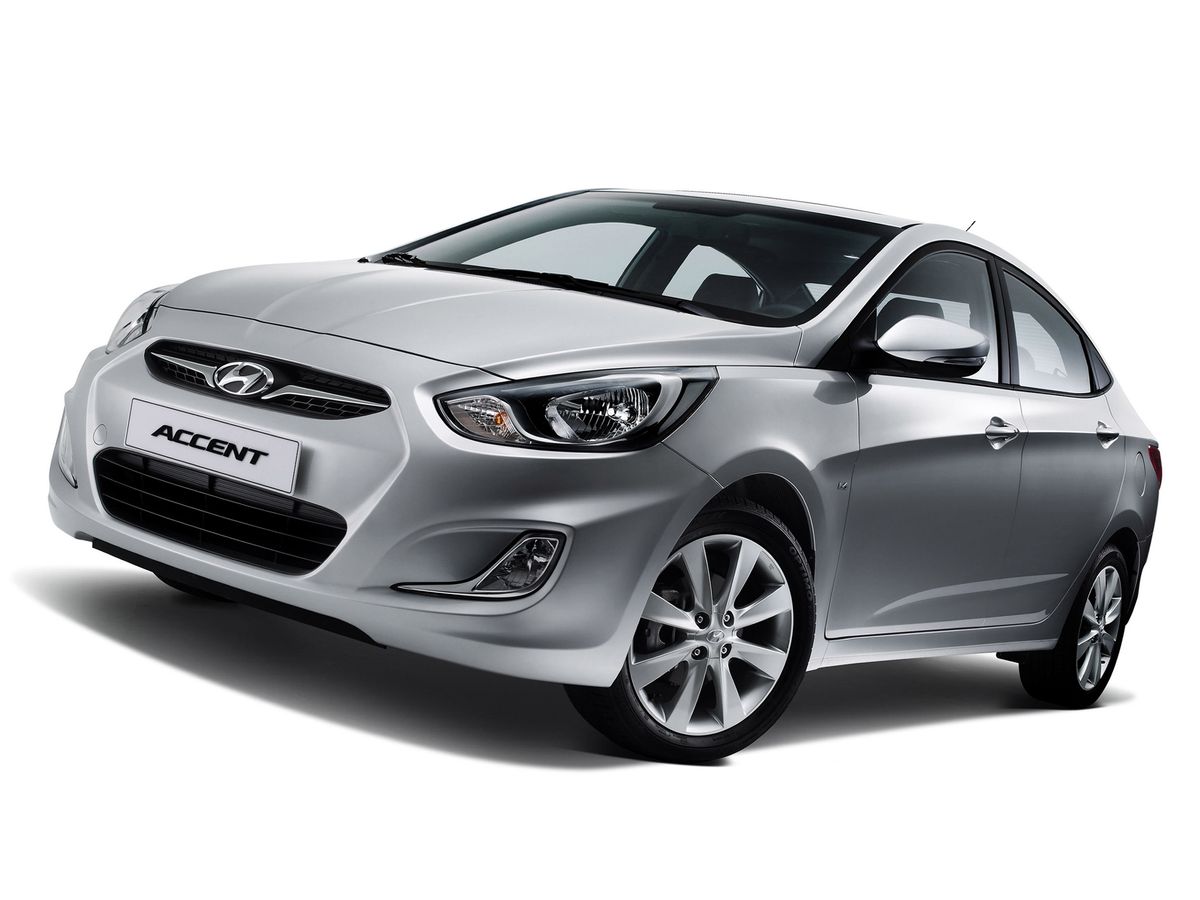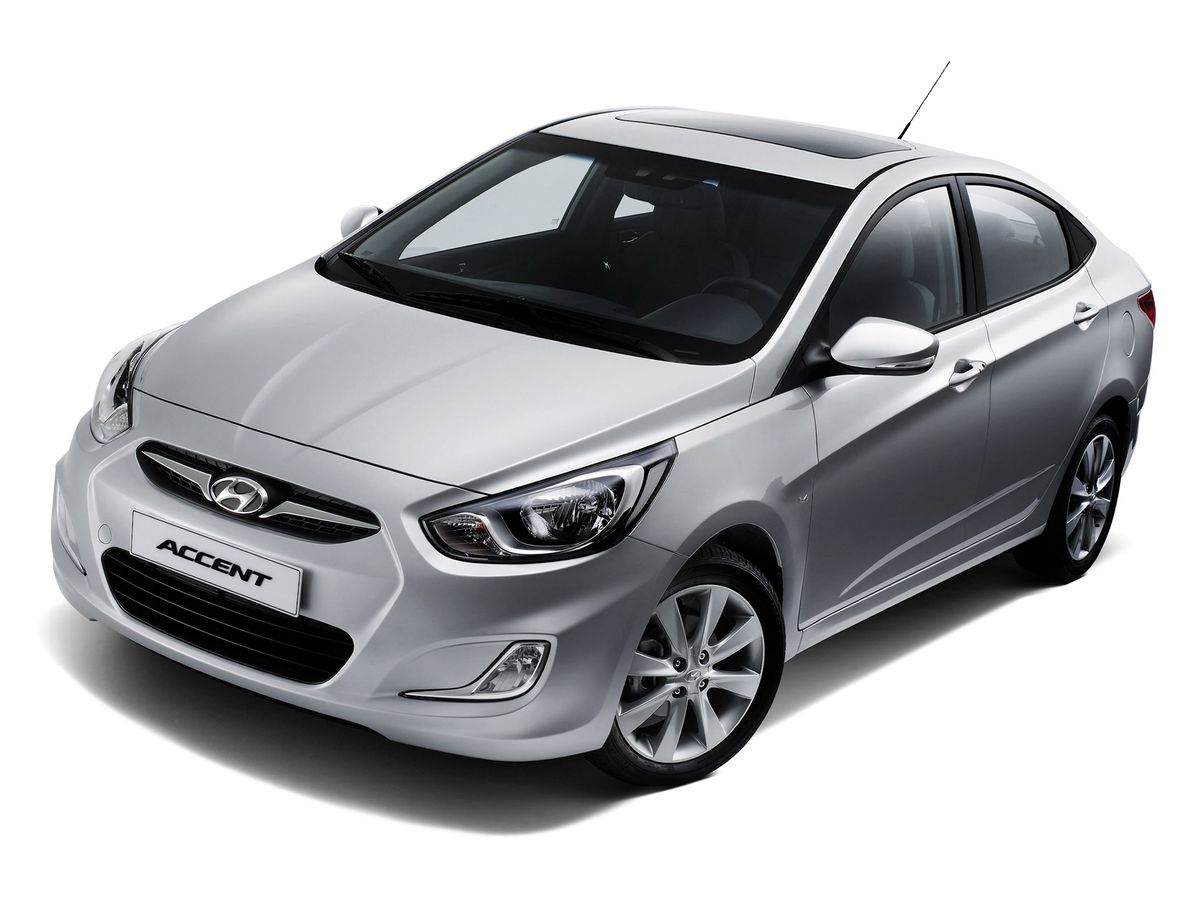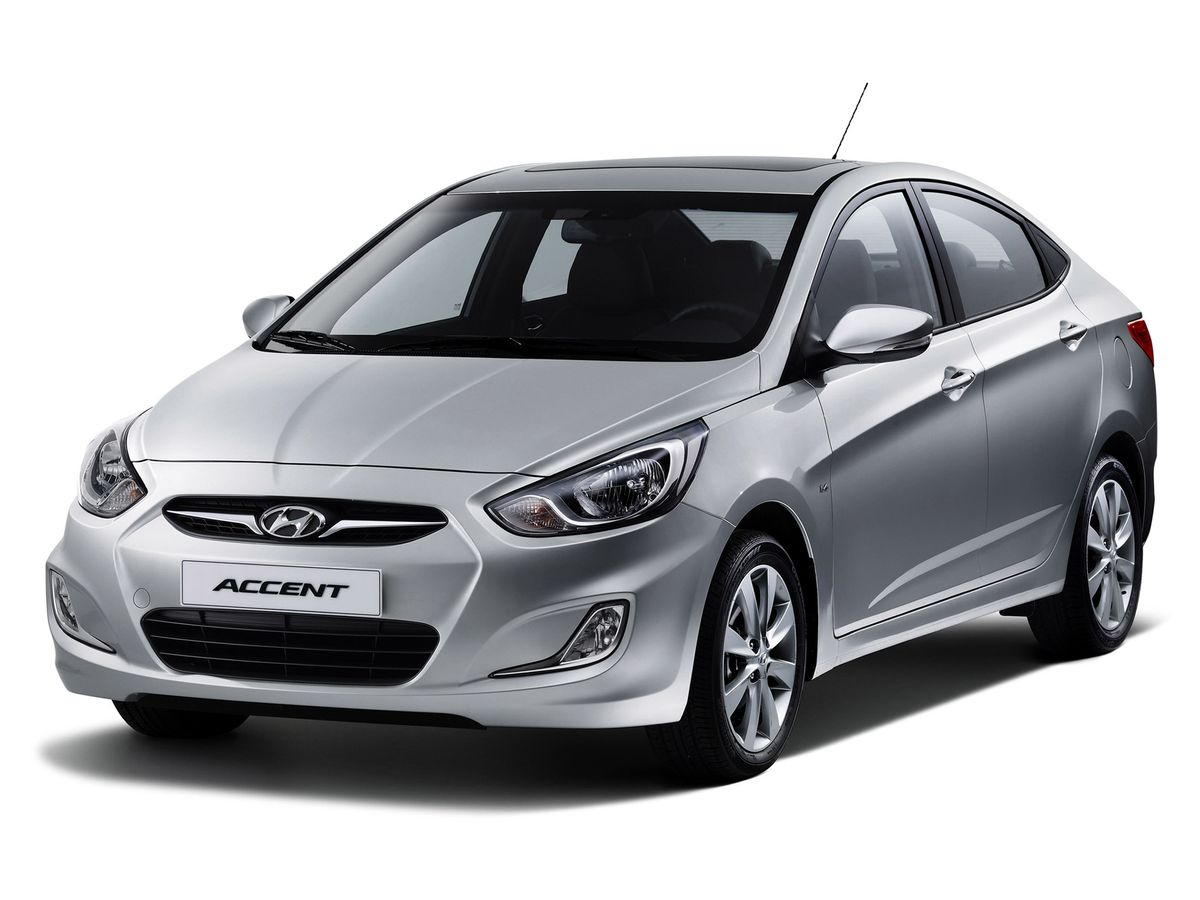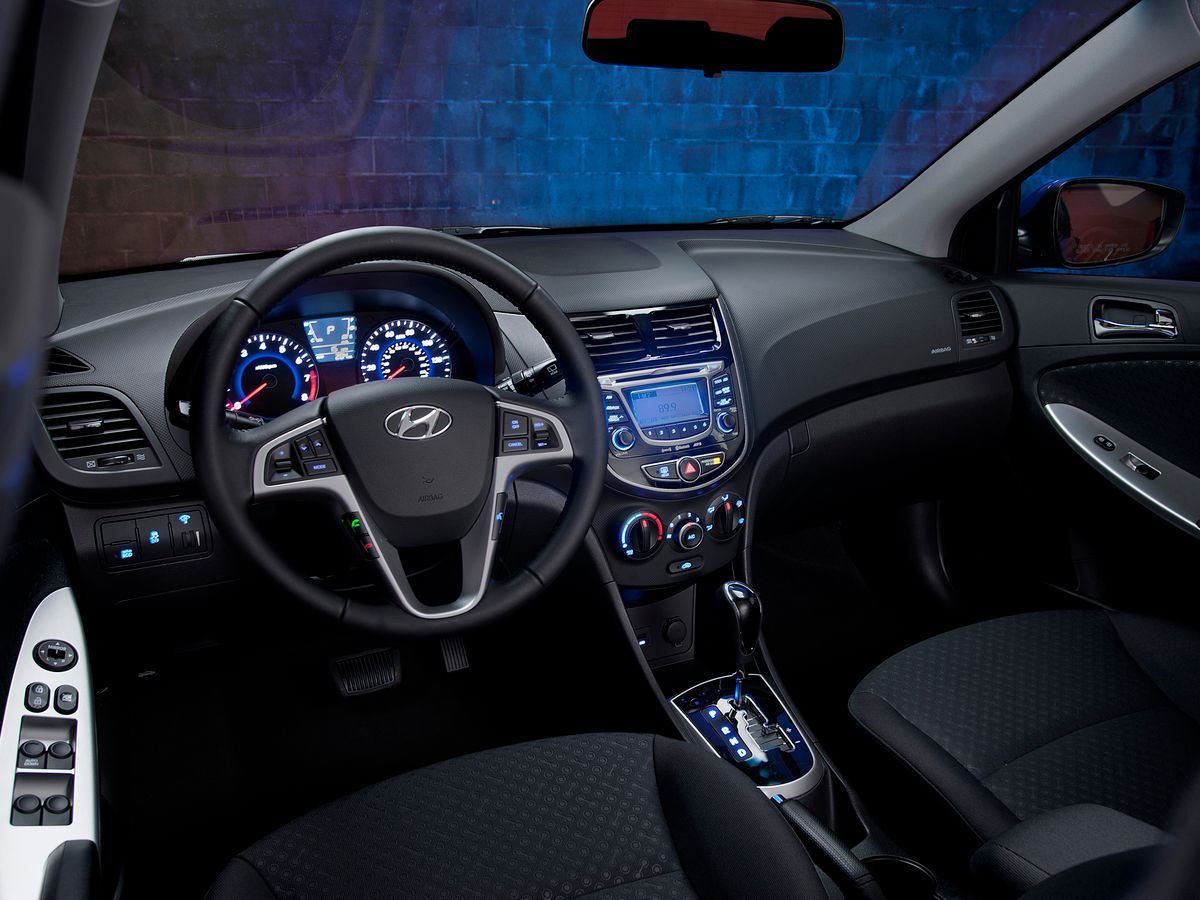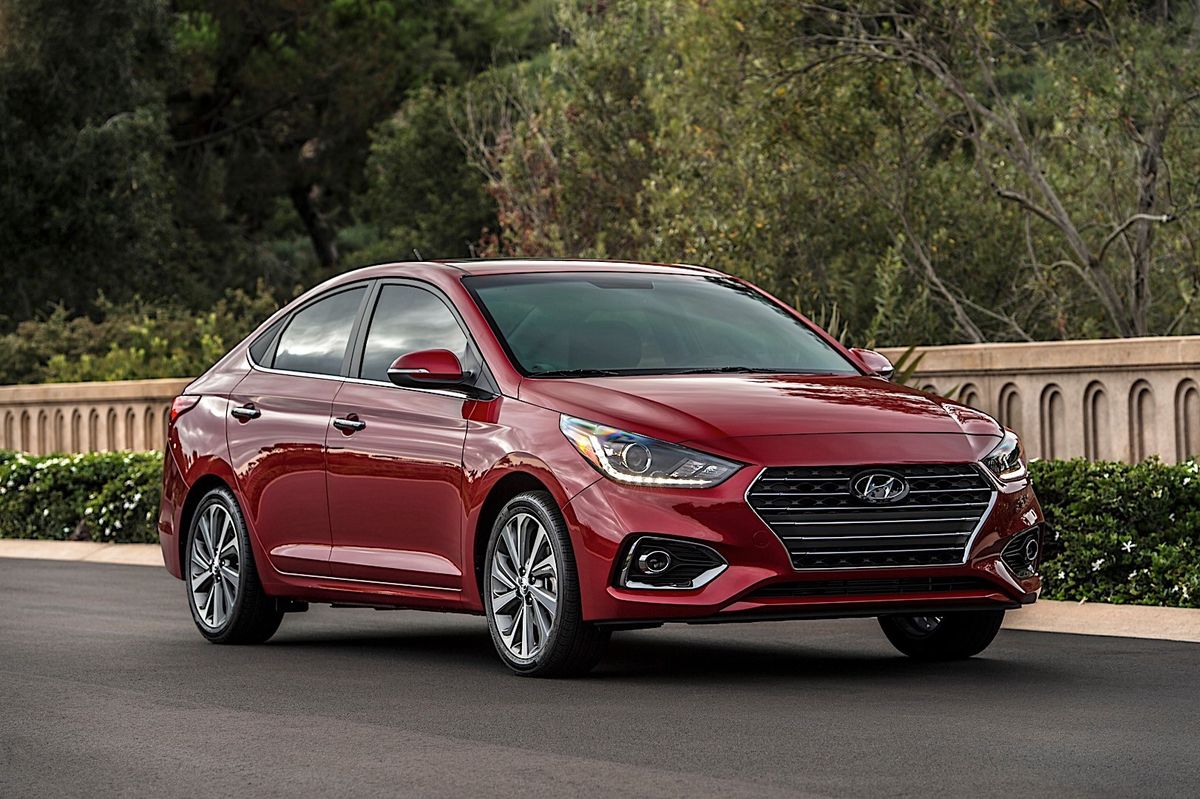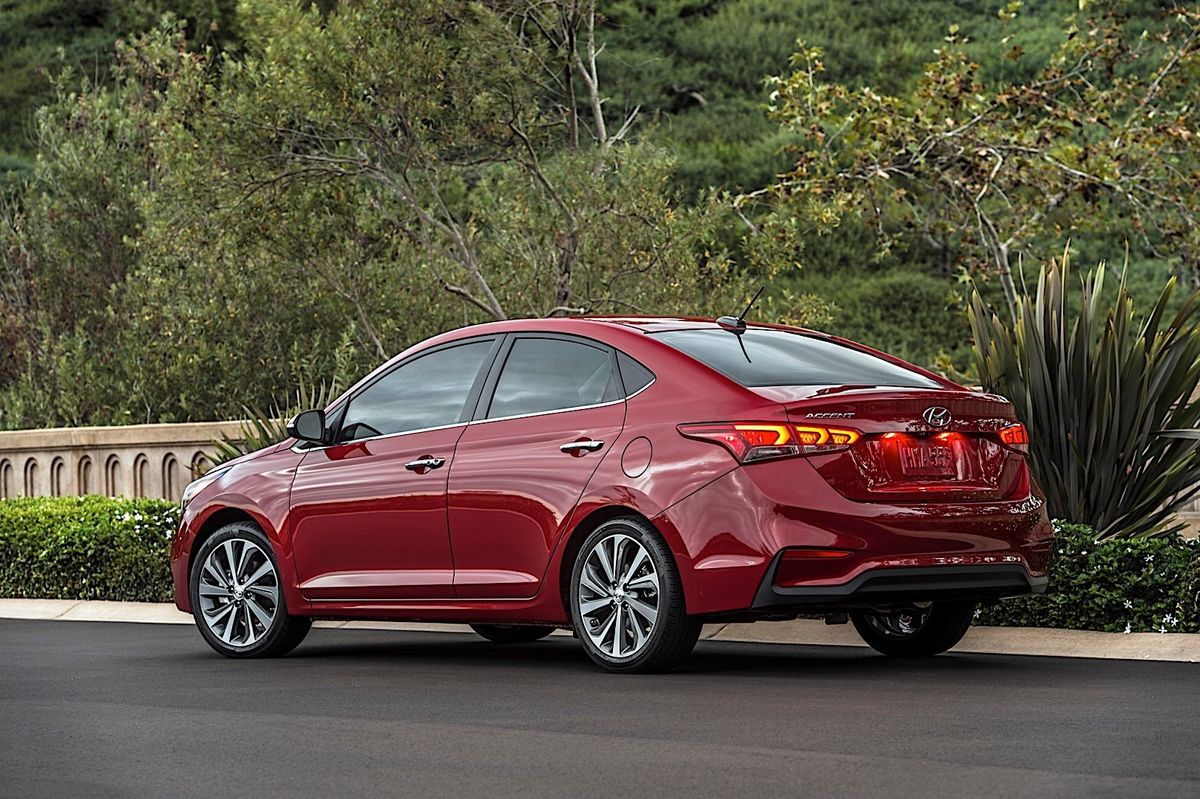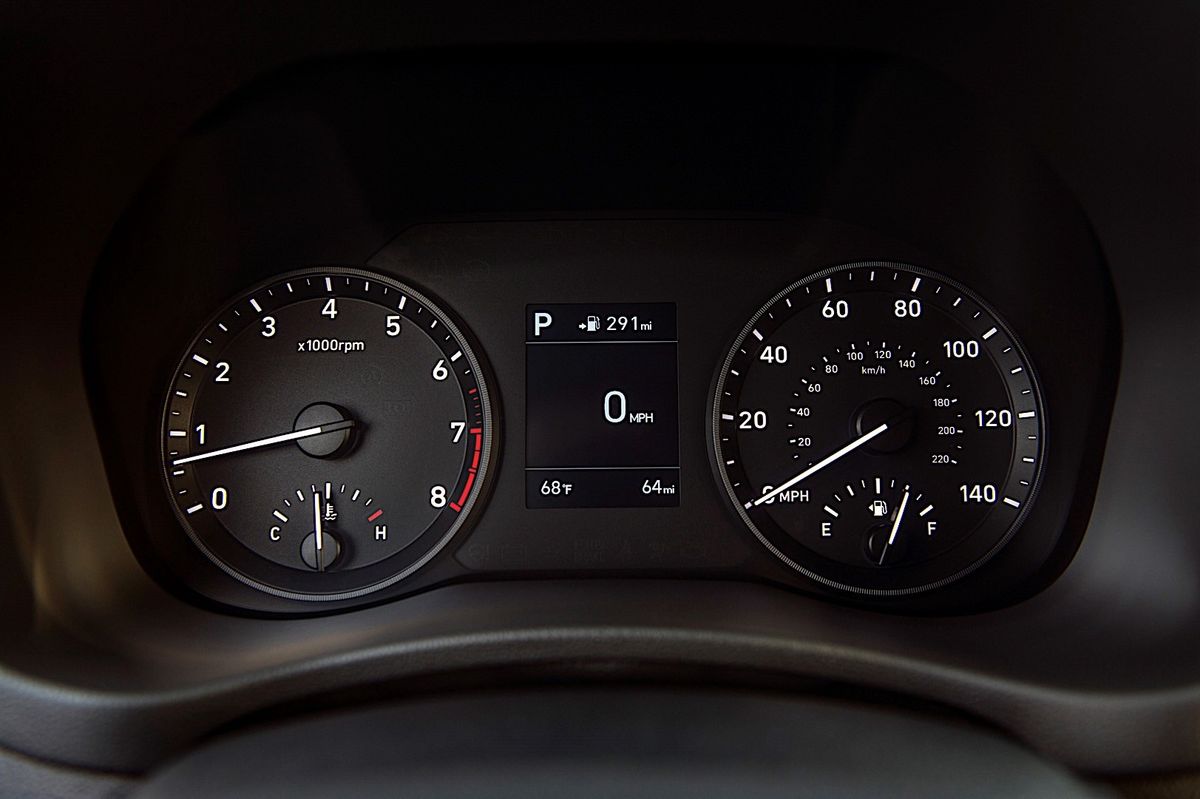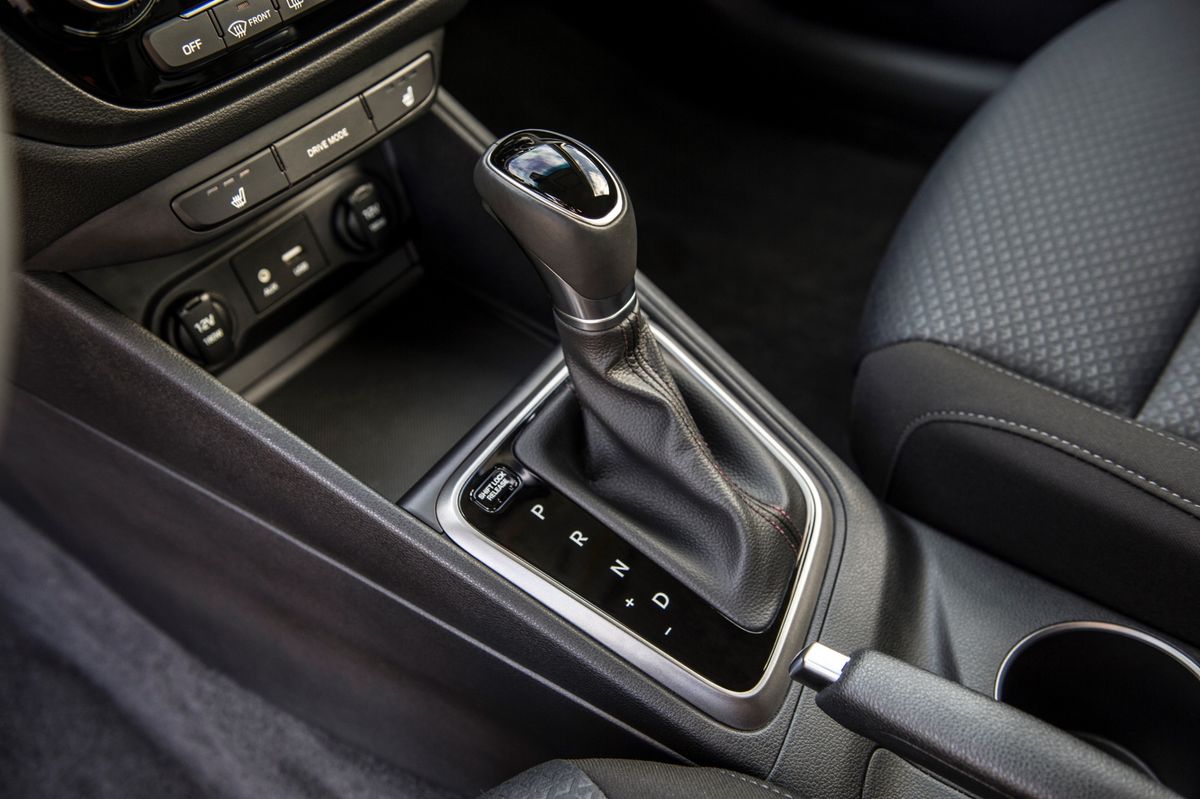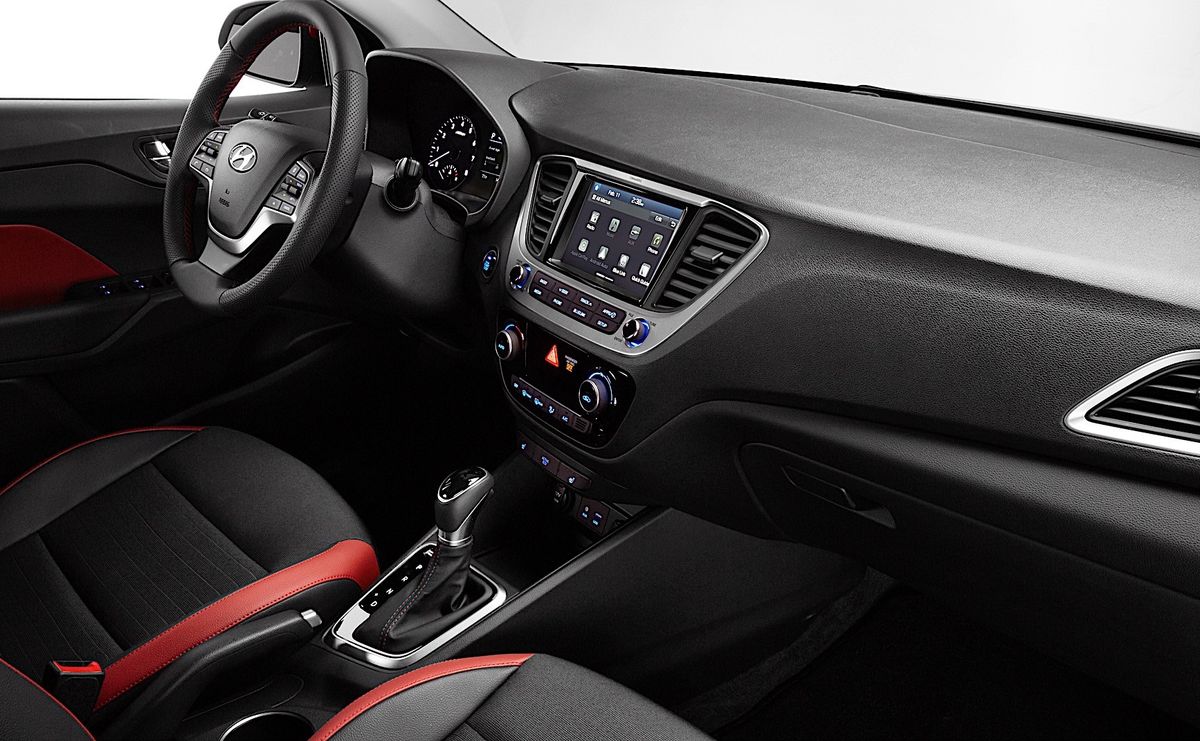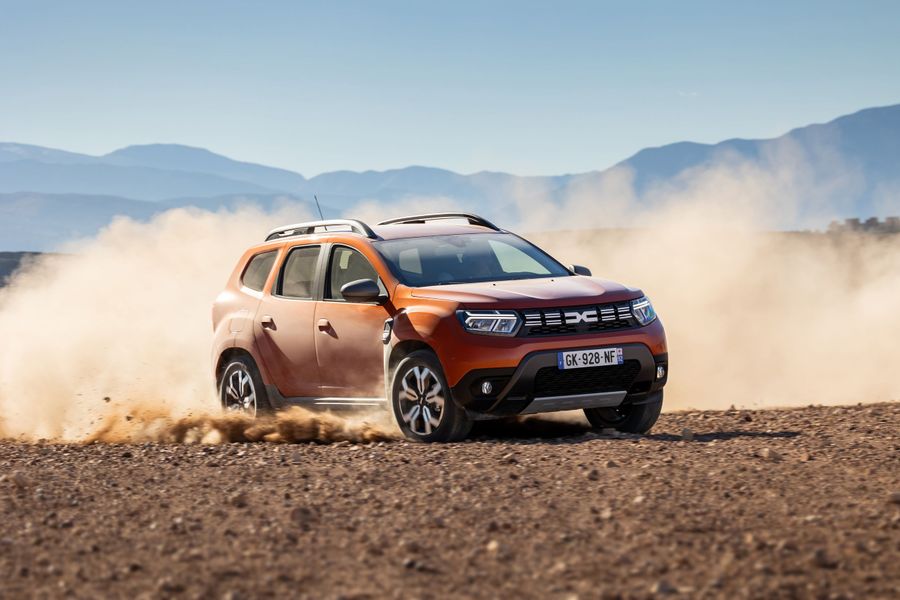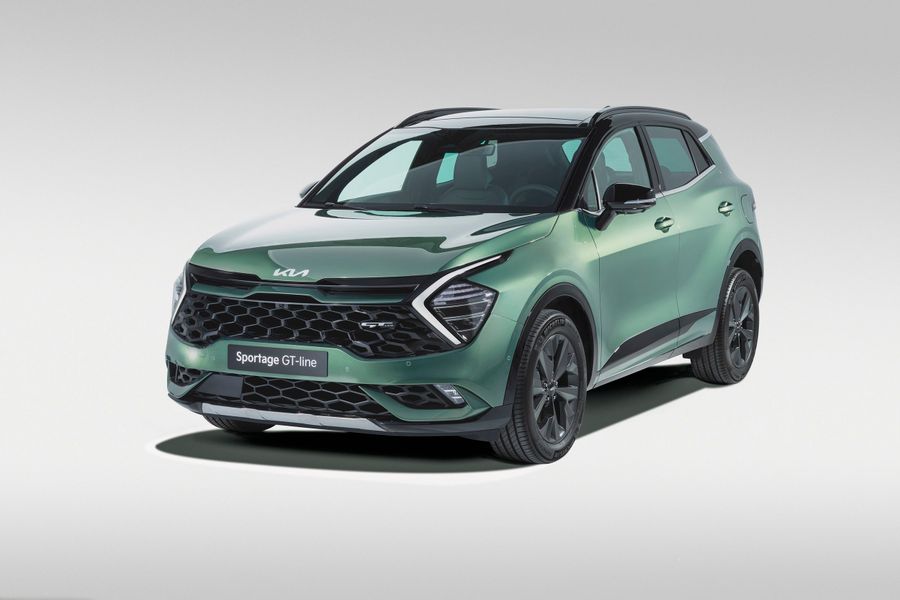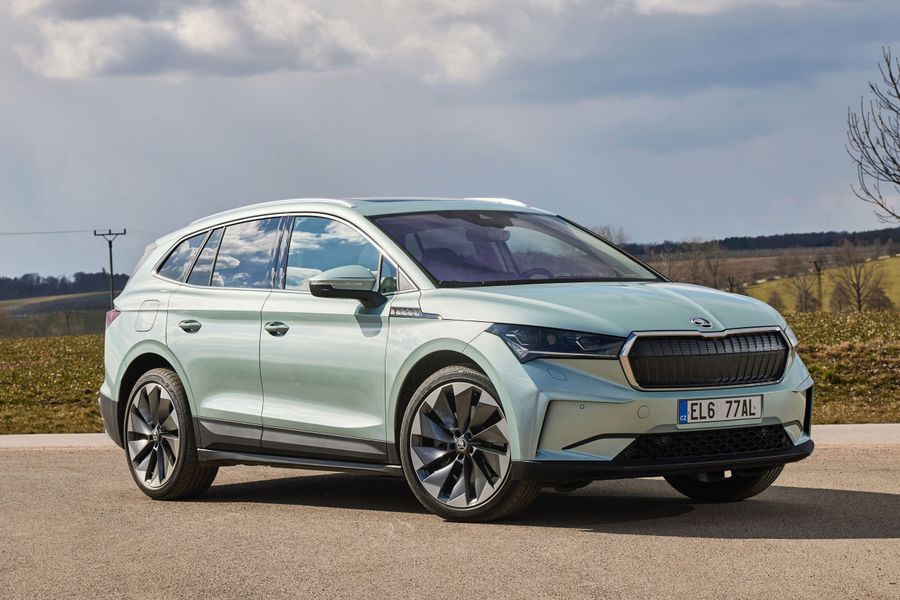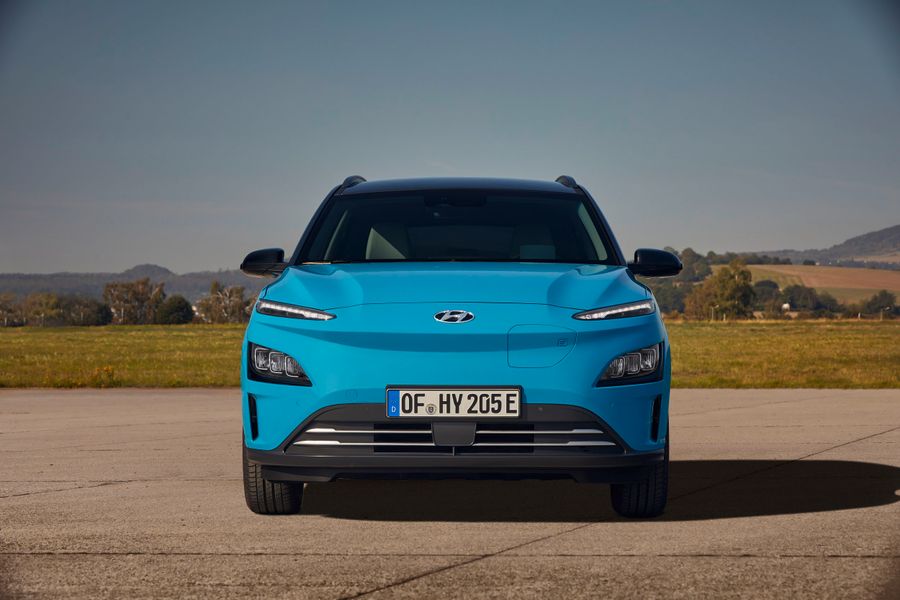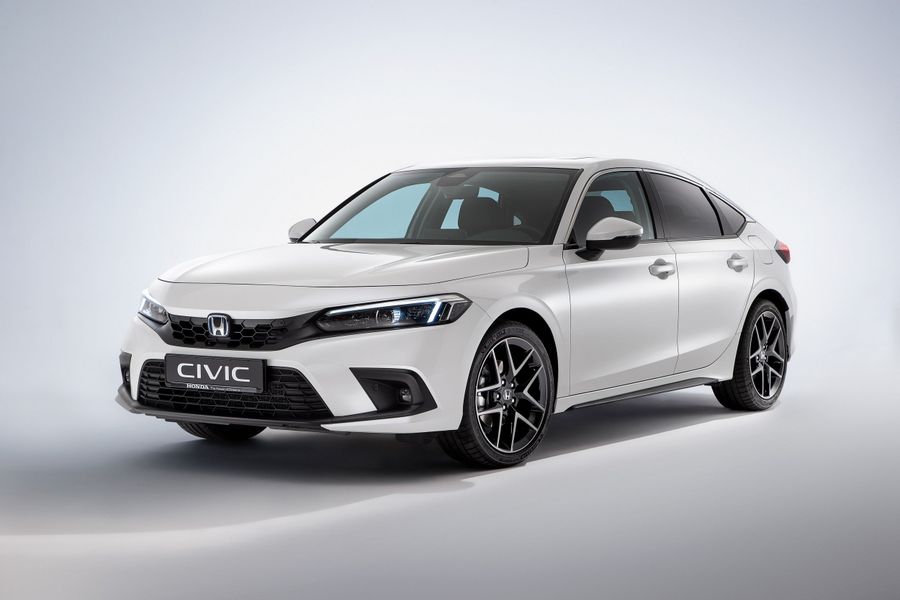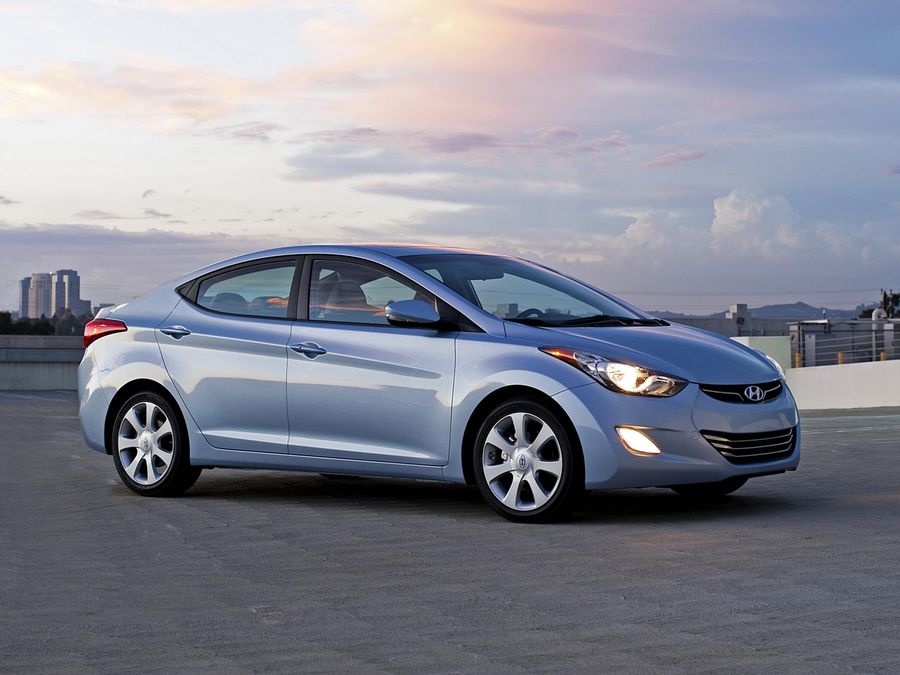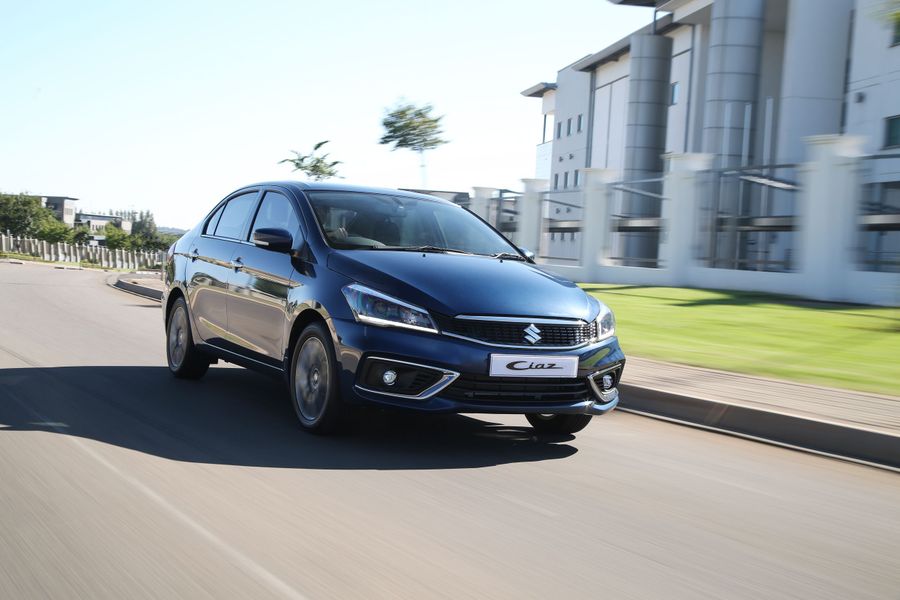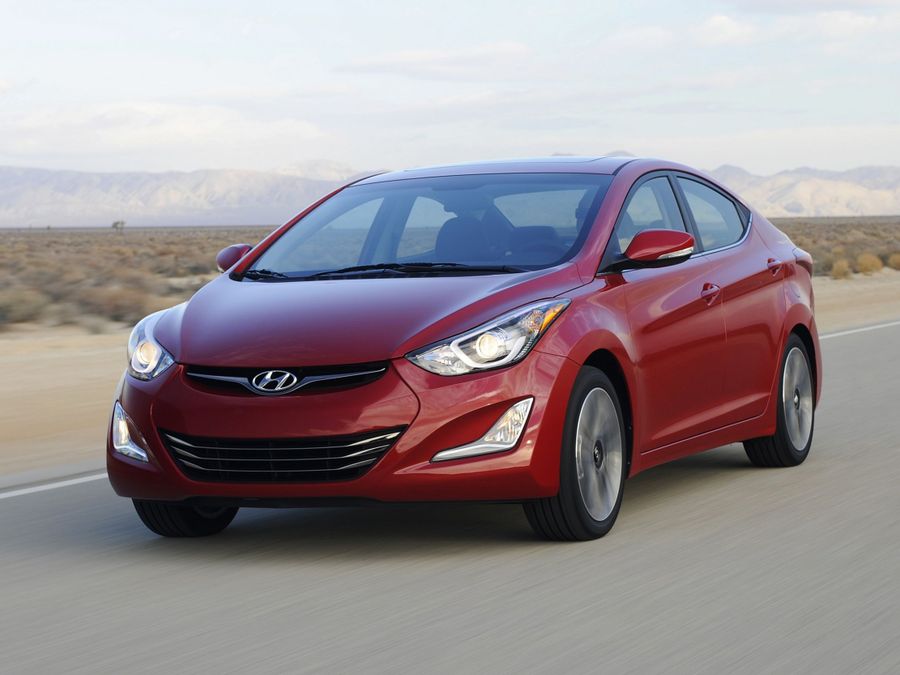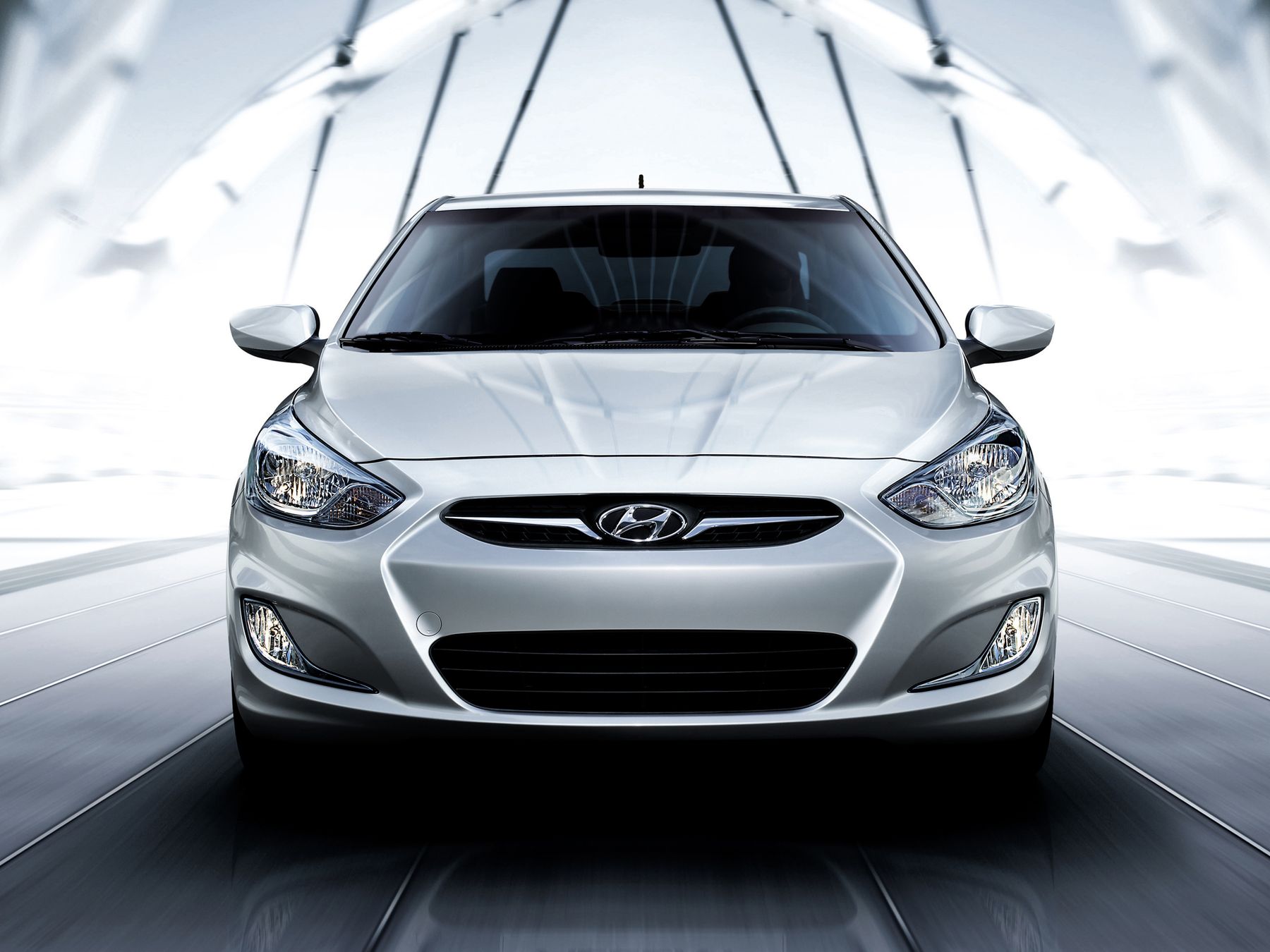
Hyundai i25. Good old Accent
The Hyundai i25 is a front-wheel drive B-segment passenger car manufactured by the South Korean company Hyundai Motor. It was offered as a sedan and hatchback. Many believe it was developed specifically for Israel or Colombia, as it was sold in those countries. But this is not the case. Introduced in 2010, the new Hyundai i25 was called Solaris in Russia, while in other countries it was known as Accent (Korea, United States, Canada, Australia, Ukraine, etc.) or Verna (India). Thus, the Hyundai i25 is nothing more than the good old fourth-generation Accent, a very popular model. In Korea, the new Accent was introduced to the domestic market in November 2010 under the slogan ‘Guy’s license’. The Koreans designed the new car for young people. Following the new i-concept for naming models for Europe, the export version was named Hyundai i25.
Exterior
The exterior of the car was created in accordance with the ‘fluidic sculpture’ concept, which formed the basis of all Hyundai models that appeared in 2009-2011, such as Sonata (i45), Tucson (ix35), Elantra® (2011). The design used dynamic and elegant graphic elements: head optics resembling an eagle’s eye cutaway, original L-shaped fog lamps and a massive hexagonal grille. Raised lines that stretched from the front fog lights to the taillights emphasized the refined stance.
With the exception of China, the exterior of the model is the same in all countries. The body color scheme included 9 colors: pearl black, white, metallic silver, pearl garnet red, metallic gray, metallic blue, pearl blue, pearl purple, metallic beige. The sedan was 4,370 mm long, 1,700 mm wide and 1,470 mm high, with a wheelbase of 2,570 mm. The ground clearance was 160 mm, which was a good indicator for cars of this segment.
Interior and equipment
The interior featured high-quality plastic and upholstery materials in a practical gray color, which made the interior serious and modern. The driver’s seat and the steering column had several angles of inclination and height adjustment. The driver’s seat was quite ergonomic. All buttons, handles and keys were well placed. The dashboard was quite informative. Under the console there was a niche for the phone, AUX and USB connectors for the iPod, as well as a socket.
Although the rear seat had three seats, it did not have enough space for three adults. Also, the Hyundai i25 had only two rear head restraints. But the legroom was sufficient. The trunk was opened from the passenger compartment with a lever on the floor. The backs of the rear seats folded down in a ratio of 60:40. In a horizontal position, they were just above the floor of the luggage compartment, under which there was a full-size spare wheel. The trunk volume was 454 liters.
The car was well-equipped. The creators paid a lot of attention to important little things, such as a mirror equipped with a sun visor, comfortable chrome handles, heated front seats, a console between the seats for a cup holder and an ashtray. And the ability to adjust the steering column made it possible to comfortably accommodate a person of any height in the driver’s seat. Two types of dashboards were offered: standard or Supervision dashboards.
The entry-level version included: a driver’s airbag, central locking, front automatic windows, power steering, audio preparation, headrests for all seats, three-point seat belts with pretensioners and height adjustment, Isofix child seat supports. Additional airbags, heated seats, mirrors and brushes, ABS (anti-lock braking system), ESP, air conditioning, fog lights and other additional options were available at an additional cost.
Engines
The engine was available in two versions. The entry-level version with a 1.4-liter gasoline engine with a capacity of 107 hp accelerated from 0 to 100 km/h in 12.1 seconds. The advanced version with a 1.6-liter 123 hp engine accelerated in 10.2 seconds. The engines were paired with 4-speed automatic or 5-speed manual gearboxes. Absolutely all cars were running on 92 gasoline, with the front independent and semi-independent rear suspension.
New Hyundai Accent instead of the i25
In 2019, the Hyundai i25 reappeared in Israel, now as the next-generation Accent. The current fifth-generation Accent is built on the same platform as the previous generation, but has been modernized. It is offered as a sedan with overall dimensions: 4,370×1,700×1,470×2,570 (wheelbase). The car is equipped with new gasoline engines, 6-speed automatic or manual gearboxes, MacPherson-type independent front suspension and semi-independent rear suspension. In Israel, the car is offered in Inspire and Premium versions. Externally, the 2021/2022 Hyundai Accent features an updated ‘front end’: it received new LED headlights, as well as a new rear bumper and updated LED taillights. The Supervision digital dashboard has a new design and a larger 1-inch multimedia screen.
The car has received completely new engines. The base 1.4-liter multi-point injection engine now produces 100 hp. With a 6-speed manual gearbox, such a car accelerates to 100 km/h in 12.2 seconds. With a 6-speed automatic gearbox, it does it in 11.5 seconds. The maximum speed is 190 km/h, and the average fuel consumption is 5.9 liters of gasoline in mixed mode. A more powerful 1.6-liter engine with 124 hp has become more fuel-efficient. Combined fuel consumption is 6.5 liters per 100 kilometers. The maximum speed is 180 km/h, acceleration from 0 to 100 km/h occurs in 11.4 seconds. Also, the car still runs on 92 gasoline.


